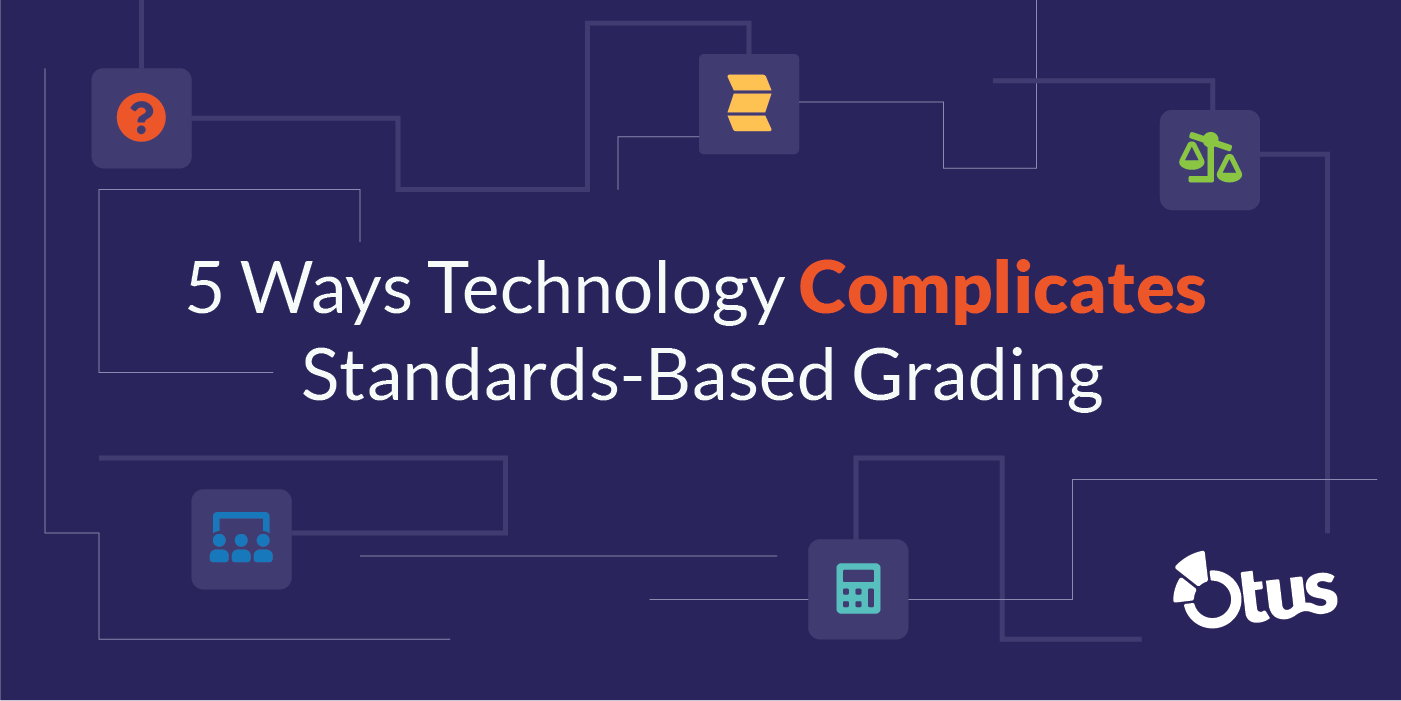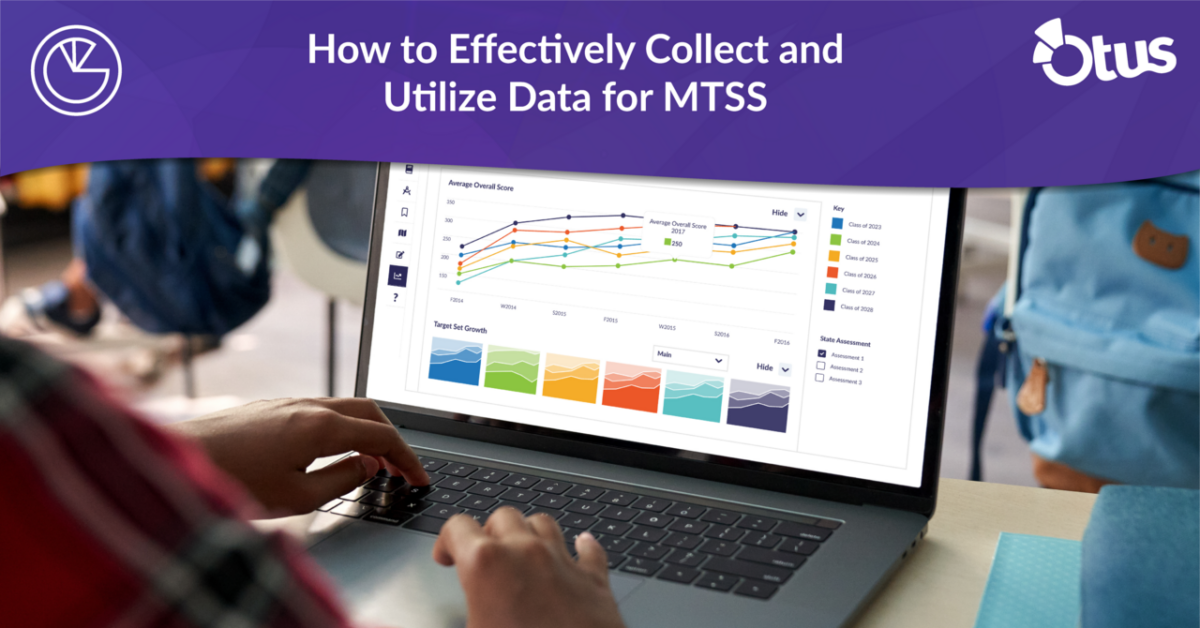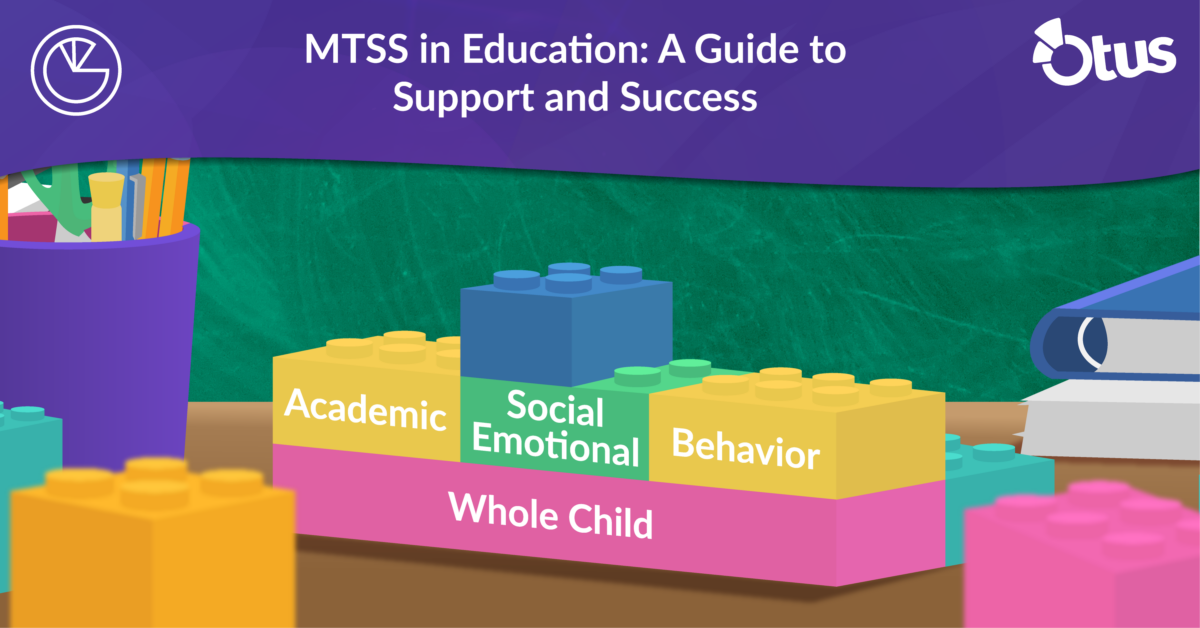If any of the challenges listed below are ones that sound familiar to you, schedule a 30-minute demonstration of Otus. Otus connects to your existing SIS so there is no need to worry about making a major shift to your internal systems because of Otus.
#1: SIS gradebooks force averaging
Averaging student mastery levels over time conflicts with the basic tenets of standards-based grading. Instead, choose to use Highest, Mode, Decaying Average, and/or the Most Recent level assessed when reporting. Read “3 Questions to Ask When Choosing a Standards-Based Gradebook”
#2: The SIS report card is 10 pages long
Nobody wants to sift through a 10-page report card when many of the standards haven’t even been assessed yet. Keep your report card short and focused. View our report card.
#3: Technology is confusing parents
Face it, most of your parents don’t understand standards-based grading. With Otus, parents understand how their children are doing in school because they have the right tools: mobile gradebook, interactive gradebook, and easy-to-understand report card.
#4: SISs require Term Conversion (i.e. Mastery = 95%)
Traditional SISs are designed for schools using a points-based grading system. Users must convert a mastery level to a number. Doing this going against standards-based grading best practice.
#5: Districts must agree to use one grading scale
Traditional SISs do not allow school systems to have more than one grading scale. Teachers who don’t have a grading scale that makes sense for their students will become frustrated with standards-based grading.




